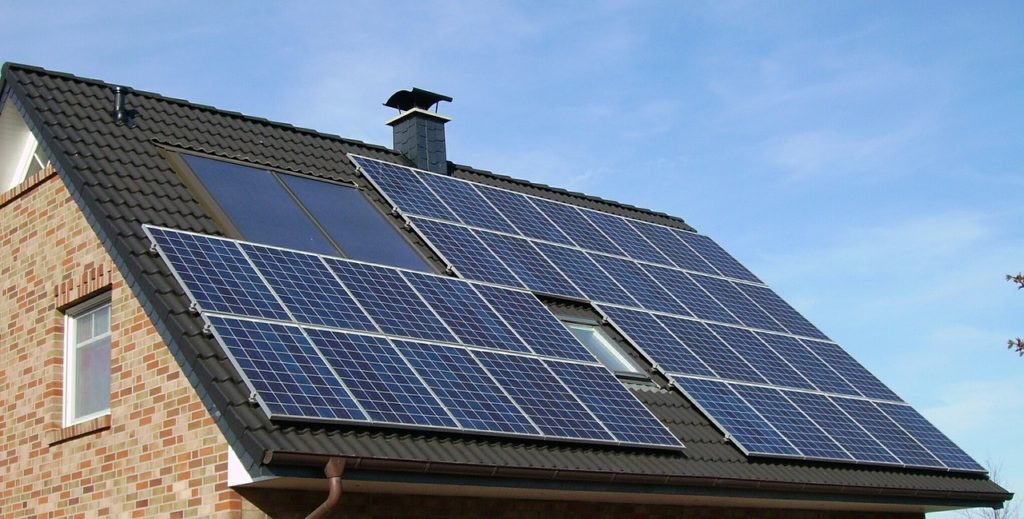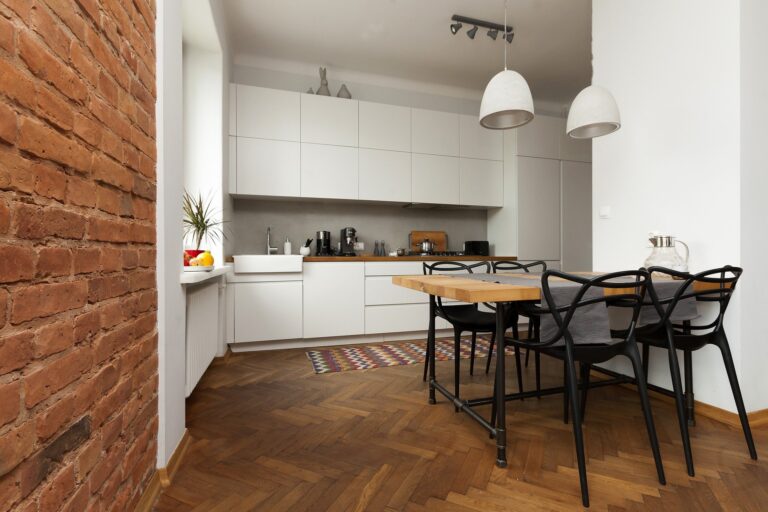4 Easy Tips for Reducing Your Home’s Carbon Footprint
With G7 behind us and COP26 ahead of us this November, a huge focus has shifted towards the need for green energy, including reducing your home’s carbon footprint. From the UK’s first Gigaplant for EV batteries having been approved last week to the Prime Minister’s support towards the race to net-zero (and the levelling up agenda), the UK really is starting to see green energy in a completely different light, less of a desirable and more of a necessity.
The race to net-zero is not just going to touch the automotive sector, it too is going to impact our homes too. We’ve already seen our homes get smarter with smart devices allowing us to control many aspects of our home, in particular some heating systems, these small changes are making an impact on climate change but how can architects, builders and energy companies adjust and realign their business models to create greener homes, more carbon-neutral homes, more sustainable homes.
Whilst everybody around you may be making adjustments towards creating as close to a net-zero lifestyle as possible, you may be wondering what you can do in your home to do your bit. You could of course move to an eco-home in the UK, however, if this is not a viable option, we’ve got 5 tips to implement that you can integrate into your daily lifestyle to make your home more eco friendly;
4 Tips for reducing your home’s carbon footprint
Switch your energy
With crude oil, gas and coal generating huge volumes of pollution, this accounts for nearly ¼ of the UK’s total, switching energy providers to a more climate-friendly solution, zero-carbon energy suppliers can directly help to reduce your carbon pollution.
Not only this but if you choose a supplier who generates electricity from zero-carbon sources such as wind and solar farms then this too encourages governments and businesses to move their energy systems further from fossil fuels due to demand.
Insulate your home
If you look at Eco Homes, such as this one in Hove, East Sussex you can take inspiration from how insulation can also help to reduce your carbon footprint. This roof is built from natural materials including zinc roofing, oak panel cladding and flooring, innovative natural wood fibre and hemp insulation. This utilises low carbon materials which are not only better than outdated traditional materials, they possess far more successful insulation properties.
Drive electric
By 2030, ICE (internal combustion engine) vehicles will no longer be legally allowed to be sold. If you’re looking to reduce your carbon footprint significantly, then alongside the adjustments you’re making in your home, you can complement this by switching to a BEV (battery electric vehicle). These are fully battery-powered electric vehicles that take no fuel.
Charging is also cheaper than refueling and, with incentives now for EV ownership such as free charging port installation, it really pays to be ahead of the curve. Utilizing professional EV charger installers to set up your home charging station can ensure that your transition to electric vehicle usage is smooth, convenient, and tailored to your specific needs.
Solar power as much energy as possible
When thinking about climate conservation solar power does not produce any pollution, nor does it depend on the extraction of oil, gas or coal like conventional methods, which in turn means your carbon pollution is dramatically reduced.
This is not the only benefit of installing solar power, long-term savings far outweigh the installation costs and in some instances you are able to sell some of your stored energy back to the grid, making it a little money maker too. Do note though that the production of solar panels generates some carbon pollution and involves some hazardous and toxic substances. However, over their full lifetime, the pollution power of solar is far lower than most alternative energy forms.
Reducing your reliance on fossil fuels helps to ensure greater energy security for all.
These are just a couple of ways in which you can drive down your carbon footprint in your home. There are a whole host of other impacting adjustments you can make; from lowering the temperature of the heating in your home even if it is by a couple of degrees, to eating fewer meat products and opting for more plant-based diets. Of course, flying less and choosing sustainable clothing are also great tips in the race to net-zero.
What do you do to lower your carbon footprint? We would love to hear them in the comments section below. As always, if you have found this article of any value we would love for you to ‘Pin It’ on Pinterest and share it with your friends and family across social media and beyond!











